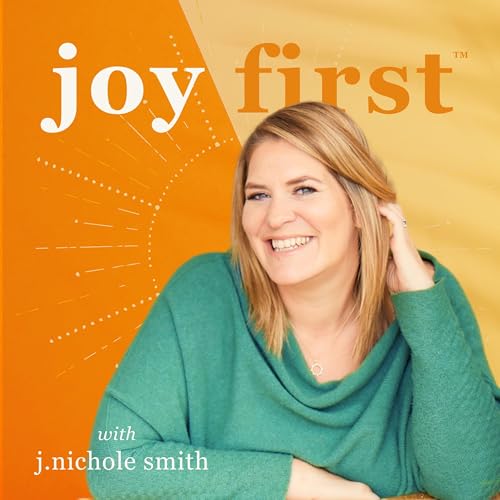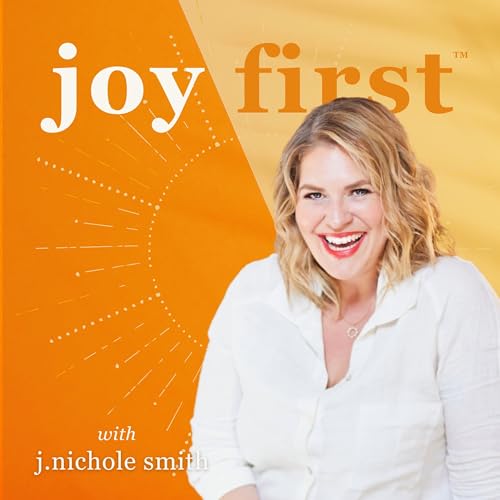During the Great Depression, Cosmetic Sales Rose 28%
While banks failed and bread lines formed in 1929, the beauty industry became the fourth largest industry in North America.
In 2008, as the economy collapsed, Lego achieved record profits.
During the 2020 pandemic, the pet industry exploded with 16% growth.
What did these industries have in common? They weren't selling products: they were selling different versions of joy.
Today I'd like to introduce you to something trend analysts are calling the Joyconomy, and it's already starting to reshape how every successful business will operate in the Ai-fuelled future. This isn't another marketing trend you can ignore. This is the fundamental rewiring of how humans make buying decisions in our anxiety-driven world.
For 20 years, I've been building Joy First brands: businesses that compete on delight rather than desperation, connection rather than unworthiness. While everyone else was optimizing for pain points and fear-based tactics, I was obsessed with feel-good brands that made people's lives better through their products, services, social impact and even their marketing.
That "soft" approach? It just became the hardest competitive advantage in business.
Forbes just declared the Joyconomy a major trend for 2025 and research shows Joy First brands are outperforming traditional competitors across every metric that matters. But here's what most people don't understand... this isn't just about happy marketing or feel-good campaigns.
In this episode, I'm breaking down the five dimensions that separate Joyconomy winners from fear-first businesses that are about to get left behind. I'll show you why luxury brands use 40% more positive emotional language than mass market competitors, how one Italian car company made a radical decision that defied decades of industry wisdom, and why the whole basis of Web3 culture points to a massive shift away from individualism.
This is your roadmap to the future of business. The question isn't whether the Joyconomy is coming... it's whether you'll be ready for it.
What You'll Learn:- The five dimensions every Joy First brand must master to survive and thrive
- Why fear-based marketing is becoming losing its superior effectiveness (and what works instead)
- The surprising psychology behind why luxury brands don't use problem-solution frameworks
- How to use colour as a competitive advantage when everything has gone grey
- Why community and collectivism are about to disrupt the influencer economy
- The real reason health is becoming the new hustle (and what this means for your business)
Links Mentioned in This Episode:- Book a Call with Nic: https://go.joyfirstworld.com/branding
Hosted on Acast. See acast.com/privacy for more information.
 Oct 29 202537 min
Oct 29 202537 min Oct 22 20251 h et 26 min
Oct 22 20251 h et 26 min Oct 15 202537 min
Oct 15 202537 min Oct 8 20251 h et 13 min
Oct 8 20251 h et 13 min Oct 1 20251 h et 22 min
Oct 1 20251 h et 22 min Sep 24 202550 min
Sep 24 202550 min Sep 17 202549 min
Sep 17 202549 min Sep 10 202551 min
Sep 10 202551 min

